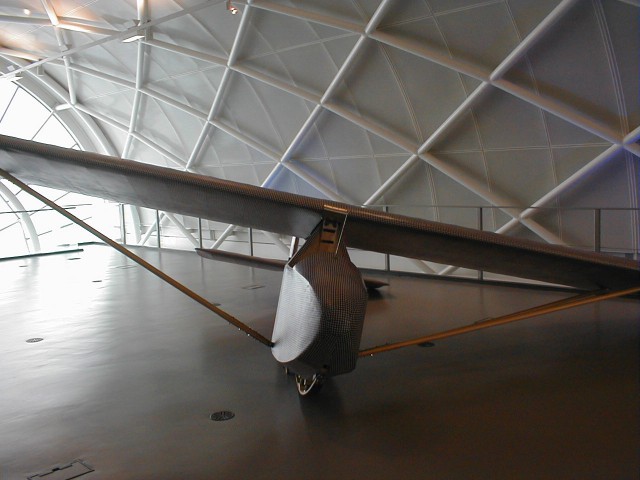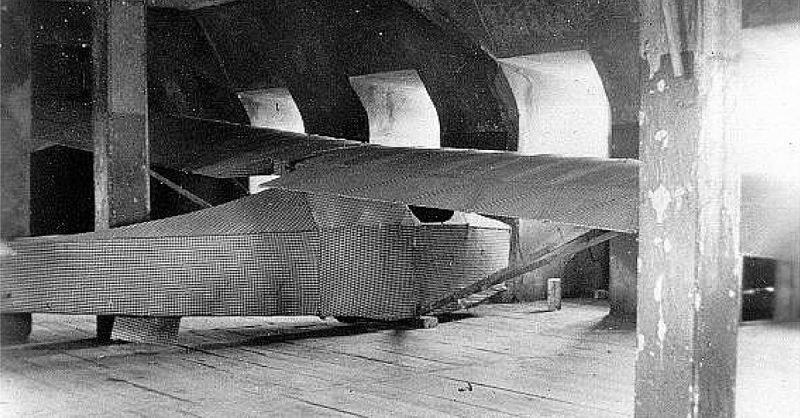![The only known photograph of the original "Cock" glider taken on 15 April 1945[1] by Lee Carson, one of two American newspaper correspondents assigned to the task force which captured the castle.](https://www.warhistoryonline.com/wp-content/uploads/sites/64/2015/11/Colditz-Gider-640x334.jpg)
More than 65 years after the escape plan was originally hatched, the documentary has recreated the escape attempt to see if it would have worked.
The plan was to escape the high-up castle by glider and through the air, but it was never needed as the war came to an end before they could try it. The prisoners spent around a year and a half designing the glider, collecting parts and building it in the rooftop loft area of the castle.
The documentary makers have now built a full-sized glider in the loft of the ancient castle and launched it from the roof of the castle, to see if the escape attempt might have worked should the prisoners been able to try it.
Modern air safety regulations meant that there was just space built for one dummy in the cockpit of the glider, whereas the original planned to have two men aboard. The TV crew also didn’t have the inconvenience of hundreds of Nazi guards watching over them.
The crew built the glider to the exact original plans and managed to finish it within five days. A bath filled with concrete was dropped down the side of the castle in order to provide the propulsion need to launch the 19 foot long and 33 foot wide glider into the air.

The glider did launch into the air but only managed to fly for around 15 seconds before it crashed. However it did crash into the field that had been targeted by the prisoners, who simply wanted to get out of the castle.
The crew were concerned about how the glider could gather enough speed in order to launch without a runway. Even though it crashed shortly after take-off, the experiment proved that the glider would have worked and may have helped the escape of two prisoners at the castle, the Radio Times reports.
To get the glider out of the loft and onto the roof the crew had to break it up into five parts and put it back together again was they got them onto the roof.
The Mayor of the local village of Colditz and many locals came out to see the experiment. The Mayor hopes that it will garner interest in the castle again and help to promote tourism.
https://www.youtube.com/v/9dles1q-CDU
